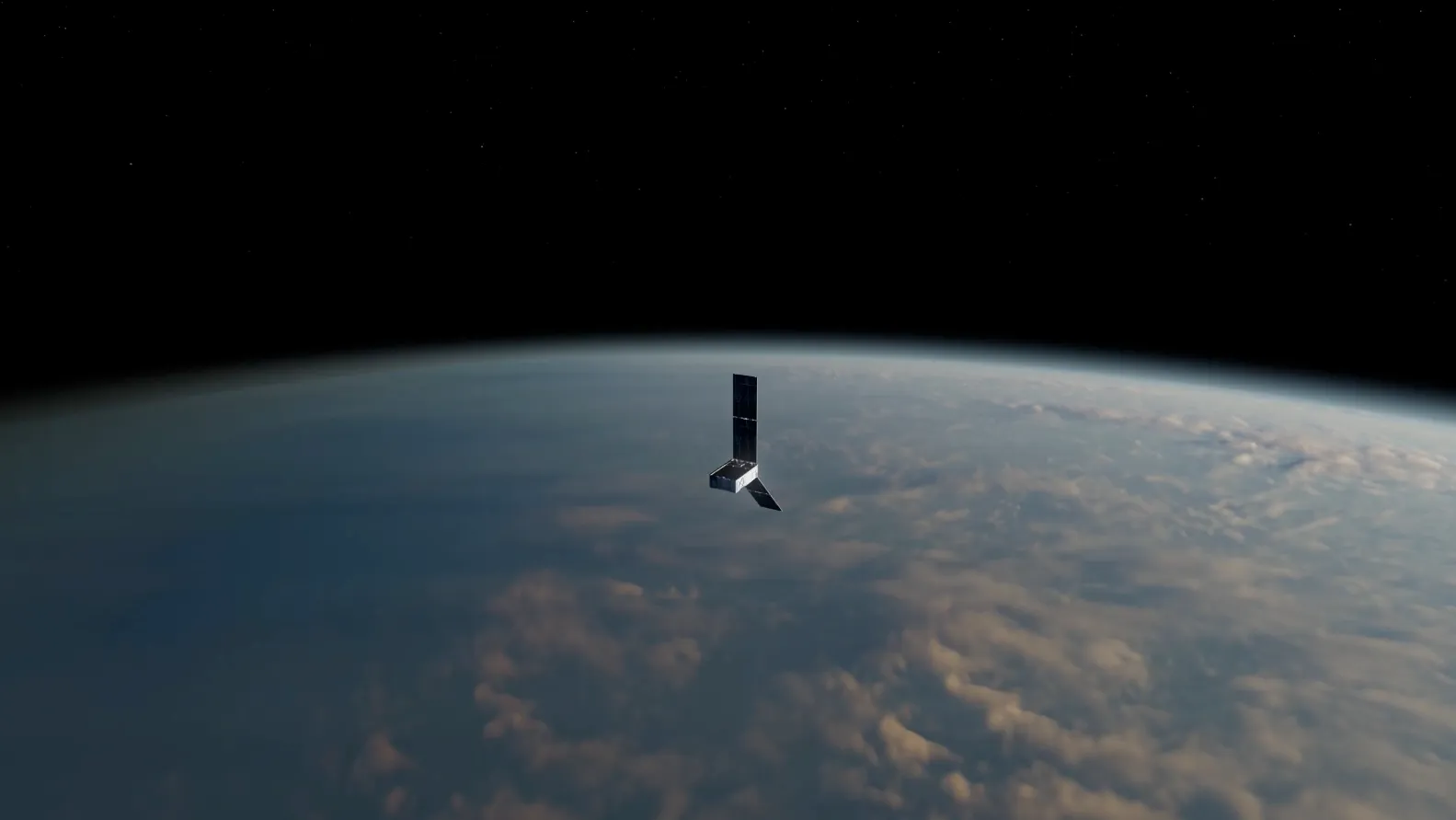Table of Contents
Context: NASA, in collaboration with the University of Wisconsin-Madison, launched the first of two CubeSats to study heat emissions at Earth’s poles. This was part of NASA’s PREFIRE (Polar Radiant Energy in the Far-InfraRed Experiment) mission.
About CubeSats
- CubeSats are a class of nanosatellites that adhere to a standardised size and form factor, making them a popular choice for space research and technology missions.
- Origin: Developed in 1999 by California Polytechnic State University and Stanford University initially as educational tools.
- Purpose of CubeSats: CubeSats serve various purposes including:
- Conducting scientific research.
- Demonstrating new technologies.
- Testing advanced mission concepts involving constellations, swarms, and disaggregated systems.
- Size of a CubeSat:
- 1U CubeSat: 10 cm x 10 cm x 10 cm
- Larger configurations scale up to 12U, which would measure approximately 10 cm x 10 cm x 120 cm.

- Mass of a CubeSat: The mass of a CubeSat can vary:
- A 1U CubeSat typically weighs up to 1.33 kg.
- Larger CubeSats (up to 12U) can weigh between 3 kg and 32 kg, depending on their size and the equipment they carry.
- Launching CubeSats: Launch methods for CubeSats include:
- Being secondary payloads on various launch vehicles.
- Deployment from the International Space Station (ISS), utilising mechanisms like the NanoRacks CubeSat Deployer.
NASA’s PREFIRE Mission
Mission Objectives
- The Polar Radiant Energy in the Far-Infrared Experiment (PREFIRE) is focused on examining the thermal infrared energy emissions from Earth’s polar regions, particularly the Arctic and Antarctica.
- These regions play a critical role in the Earth’s climate system by radiating heat absorbed from the tropics back into space.
- PREFIRE aims to address significant gaps in our understanding of this process by measuring the amount of heat radiated into space from the poles, with a specific focus on far-infrared wavelengths (longer than 15 micrometres).

Importance of the Mission
- Climate Regulation: The polar regions are integral to global climate regulation, yet 60% of their heat emissions occur in the far-infrared range, which has been inadequately measured due to technological and logistical limitations.
- Heat Loss Mechanisms: By providing detailed insights into the mechanisms of heat loss in the polar regions, PREFIRE will help clarify why the Arctic, for instance, is warming more than twice as fast as the global average.
Technological Advancements
- Spectrometer Technology: The onboard thermal infrared spectrometers are critical for capturing far-infrared radiation data, a key component of the Earth’s energy budget that has been challenging to measure accurately.
Impact on Climate Science
- Enhanced Climate Models: Data collected by PREFIRE will be crucial for improving climate models, particularly in understanding the greenhouse effect at the poles. This includes studying the impact of water vapour, clouds, and other atmospheric elements in trapping heat.
- Predictive Accuracy: Improved models will enhance predictions related to storm severity, frequency, coastal erosion, and flooding, which are vital for preparing for climate change impacts.
PREFIRE Satellite Details
- Launch Dates: The first CubeSat, “Ready, Aim, PREFIRE,” was scheduled for launch on May 22, followed by the second, “PREFIRE and ICE,” a few days later.
- Satellite Design: Each of the PREFIRE satellites is designed as a CubeSat.
- Each satellite in the PREFIRE mission is a 6U CubeSat, measuring about 90 cm in height and nearly 120 cm in width when solar panels are deployed.
- These CubeSats are equipped with thermal infrared spectrometers specifically developed to measure far-infrared energy radiated from Earth’s surface and atmosphere.
- Orbit: The satellites will operate in asynchronous, near-polar orbits, enabling comprehensive coverage and measurement across both the Arctic and Antarctic regions.


 Indus Water Treaty 1960 Suspended by Ind...
Indus Water Treaty 1960 Suspended by Ind...
 5 Years of SVAMITVA Scheme and Its Benef...
5 Years of SVAMITVA Scheme and Its Benef...
 Places in News for UPSC 2025 for Prelims...
Places in News for UPSC 2025 for Prelims...





















